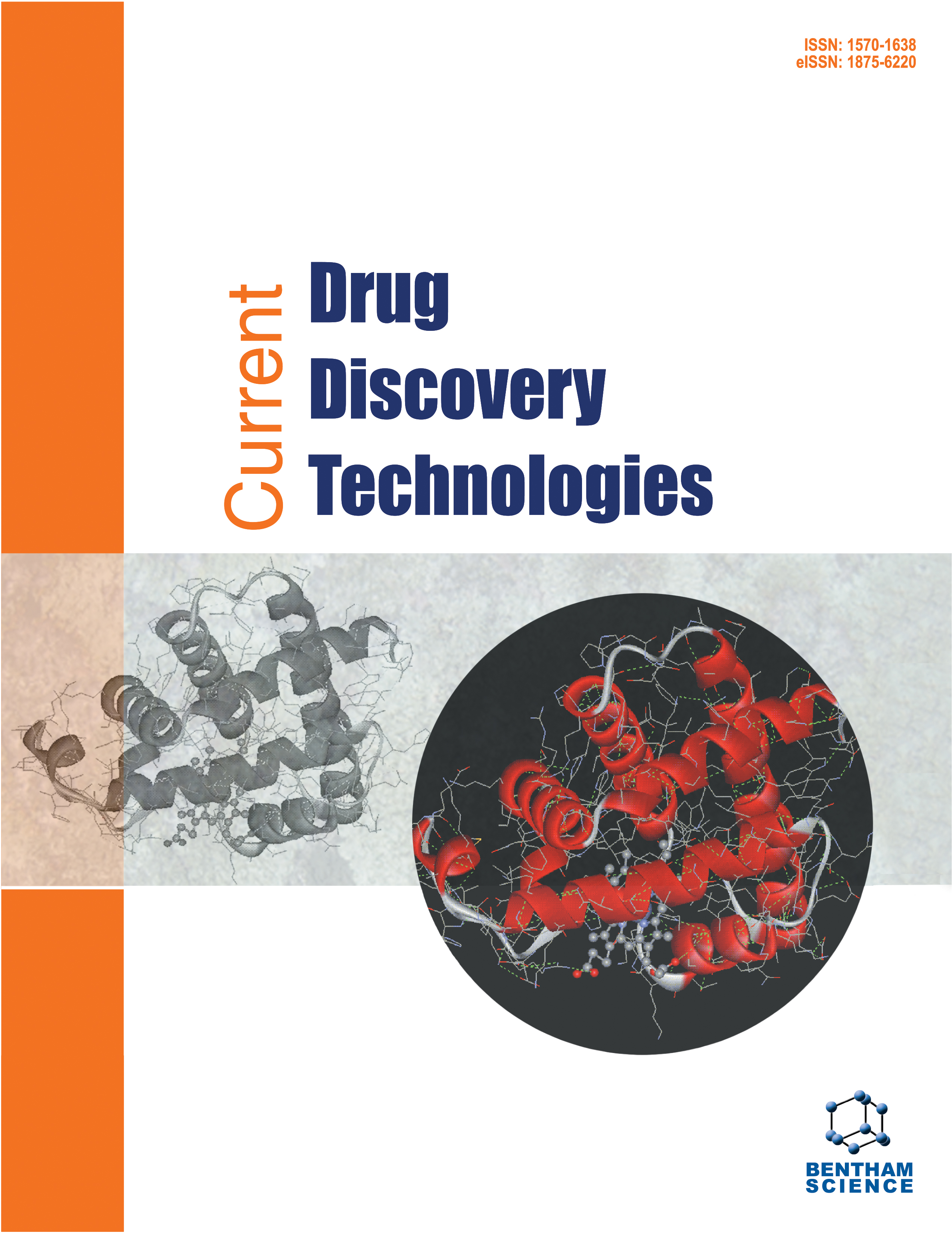
Full text loading...
We use cookies to track usage and preferences.I Understand
The significant public health effect of breast cancer is demonstrated by its high global prevalence and the potential for severe health consequences. The suppression of the proliferative effects facilitated by the estrogen receptor alpha (ERα) in the MCF-7 cell line is significant for breast cancer therapy.
The current work involves in-silico techniques for identifying potential inhibitors of ERα.
The method combines QSAR models based on machine learning with molecular docking to identify potential binders for the ERα. Further, molecular dynamics simulation studied the stability of the complexes, and ADMET analysis validated the compound’s properties.
Two compounds (162412 and 443440) showed significant binding affinities with ERα, with binding energies comparable to the established binder RL4. The ADMET qualities showed advantageous characteristics resembling pharmaceutical drugs. The stable binding of these ligands in the active region of ERα during dynamic conditions was confirmed by molecular dynamics simulations. RMSD plots and conformational stability supported the ligands' persistent occupancy in the protein's binding site. After simulation, two hydrogen bonds were found within the protein-ligand complexes of 162412 and 443440, with binding free energy values of -27.32 kcal/mol and -25.00 kcal/mol.
The study suggests that compounds 162412 and 443440 could be useful for developing innovative anti-ERα medicines. However, more research is needed to prove the compounds' breast cancer treatment efficacy. This will help develop new treatments for ERα-associated breast cancer.

Article metrics loading...

Full text loading...
References


Data & Media loading...

